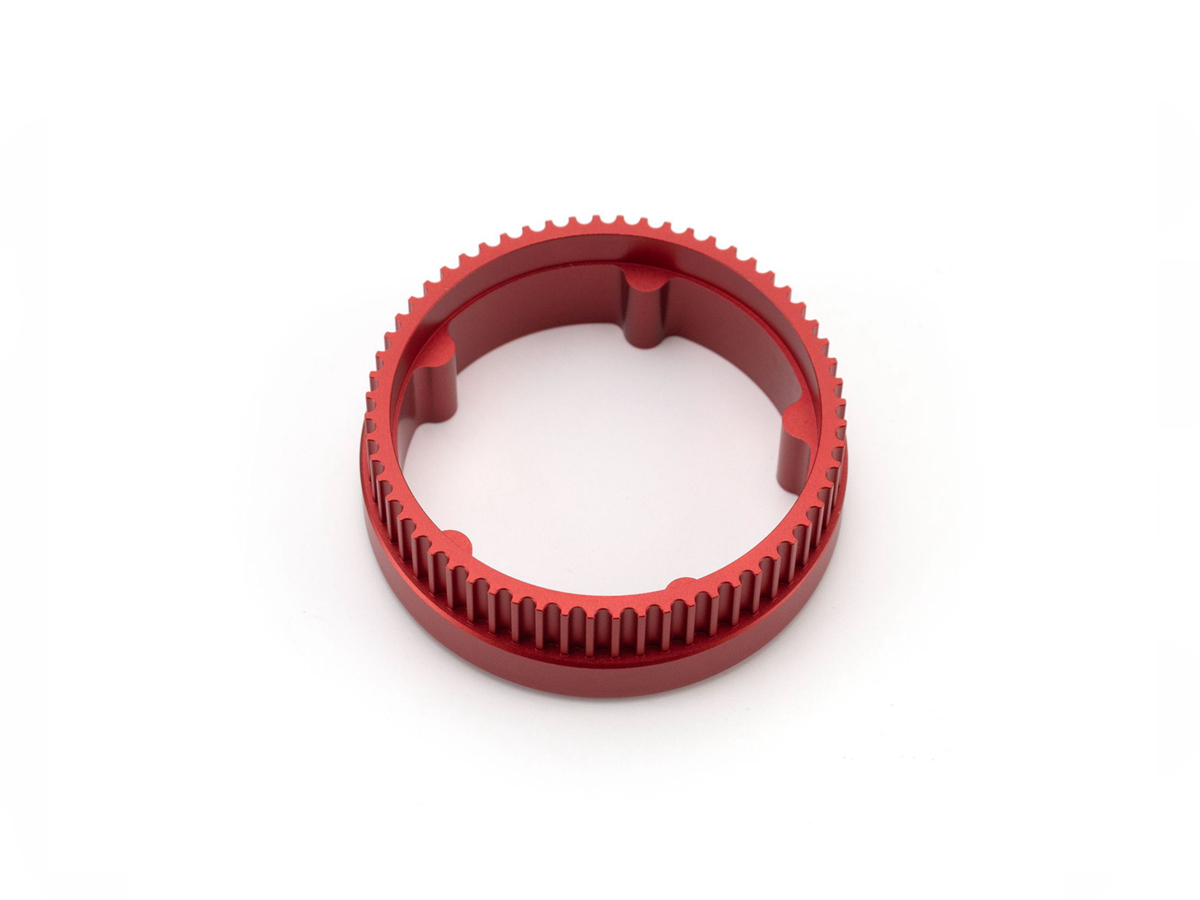Low-Volume CNC Machining for Precision Consumer Product Parts
Introduction to Low-Volume CNC Machined Consumer Parts
Precision, quality, and aesthetics are essential when manufacturing consumer product components in smaller quantities. Low-volume CNC machining is especially suitable for producing limited-run or specialized parts such as custom electronic housings, bespoke watch components, premium accessories, small-batch home appliances, and exclusive audio equipment. Commonly selected materials for low-volume production include aluminum (6061, 7075), stainless steel (SUS304), brass (C360), and engineered plastics (ABS, PC) due to their ease of machining, strength, durability, and attractive appearance.
With professional CNC machining services, manufacturers can efficiently produce intricate parts to exact specifications, ensuring both functionality and aesthetic excellence even at small production scales.
Material Performance Comparison for Low-Volume Consumer Parts
Material | Tensile Strength (MPa) | Yield Strength (MPa) | Machinability | Corrosion Resistance (ASTM B117) | Typical Applications | Advantages |
|---|---|---|---|---|---|---|
510-572 | 434-503 | Excellent | Excellent (>800 hrs) | Premium electronic casings, sports accessories | High strength-to-weight ratio, precise finishes | |
515-620 | 205-310 | Good | Excellent (>1000 hrs) | Luxury watch parts, high-end fittings | Durable, attractive finish | |
400-550 | 150-300 | Excellent | Good (>500 hrs) | Custom decorative items, knobs | Excellent machinability, luxurious aesthetics | |
60-70 | N/A | Excellent | Good chemical resistance | Transparent housings, protective casings | Impact resistance, optical clarity |
Material Selection Strategy for Precision Low-Volume Parts
Selecting suitable materials for low-volume CNC machining ensures high-quality outcomes and optimal aesthetics:
Aluminum 7075 offers exceptional strength, lightweight characteristics, and superior anodizing capability, making it ideal for premium electronics and small-batch consumer products requiring durability and precise detail.
Stainless Steel SUS304 is optimal for components needing superior durability and luxurious visual appeal, especially suited for watch parts and exclusive decorative fittings.
Brass C360 provides superior machinability and aesthetic qualities, ideal for decorative and functional components requiring a polished, elegant appearance.
Polycarbonate (PC) offers transparency, impact resistance, and excellent machinability, making it perfect for protective housings, optical components, and aesthetically appealing consumer casings.
CNC Machining Processes for Low-Volume Consumer Parts
CNC Machining Process | Dimensional Accuracy (mm) | Surface Roughness (Ra μm) | Typical Applications | Key Advantages |
|---|---|---|---|---|
±0.010 | 0.4-1.2 | Complex casings, detailed features | Precise contours, fewer setups | |
±0.005-0.01 | 0.4-1.2 | Knobs, cylindrical parts, small fittings | High rotational precision | |
±0.002-0.005 | 0.1-0.4 | Premium finishes, luxury details | Exceptional surface smoothness | |
±0.01-0.02 | 0.8-1.6 | Assembly holes, mounting points | Accurate alignment and repeatability |
CNC Process Selection Strategy for Small-Batch Consumer Products
Choosing the right CNC machining methods ensures precision and aesthetics for low-volume production:
4-Axis CNC Milling efficiently creates intricate geometries and precise features, minimizing production setups, and ideal for limited-run casings and custom designs.
CNC Turning guarantees accuracy (±0.005 mm) for cylindrical and rotational consumer product components, such as knobs, fasteners, and decorative fittings.
CNC Grinding achieves superior surface finishes (Ra ≤0.4 µm), crucial for luxury consumer products that demand premium aesthetics and precise tolerances.
Precision CNC Drilling ensures consistency in small-batch production, accurately placing critical mounting holes and assembly points within ±0.01 mm tolerances.
Surface Treatment Performance Comparison for Consumer Components
Treatment Method | Surface Roughness (Ra μm) | Corrosion Resistance (ASTM B117) | Surface Hardness | Typical Applications | Key Features |
|---|---|---|---|---|---|
0.4-1.0 | Excellent (>1000 hrs) | HV 400-600 | Aluminum casings | Durable, aesthetic color finishes | |
0.1-0.4 | Superior (>1000 hrs) | N/A | Stainless steel accessories | Mirror-like surface, premium aesthetics | |
0.5-1.5 | Excellent (>800 hrs) | Good impact resistance | Small appliances, device housings | Vibrant colors, consistent finish | |
0.1-0.3 | Outstanding (>1500 hrs) | HV 1500-2500 | Decorative fittings, luxury details | High wear resistance, aesthetic finish |
Surface Treatment Selection for Precision Consumer Parts
Selecting suitable treatments significantly enhances both appearance and durability:
Anodizing provides durable, vibrant finishes (HV 400-600), perfect for aluminum parts, ensuring both aesthetic appeal and corrosion resistance in premium products.
Electropolishing delivers ultra-smooth finishes (Ra ≤0.4 µm), essential for high-end stainless-steel components requiring exceptional aesthetics and corrosion resistance.
Powder Coating offers durable, consistent color finishes with excellent corrosion resistance (>800 hrs ASTM B117), ideal for consumer electronics and small appliance casings.
PVD Coating provides luxury decorative finishes and outstanding wear resistance (HV 1500-2500), suited for limited-run premium accessories and decorative fittings.
Typical Prototyping Methods for Consumer Components
CNC Machining Prototyping: Precise functional prototypes (±0.005 mm accuracy), ideal for design verification.
Rapid Molding Prototyping: Realistic prototypes for functional testing and consumer evaluations.
Plastic 3D Printing: Cost-effective, rapid prototypes (±0.1 mm accuracy), ideal for iterative design improvements.
Quality Assurance Procedures
CMM Inspection (ISO 10360-2 certified): Ensures dimensional tolerances of ±0.005 mm for precise small-batch parts.
Surface Roughness Verification (ISO 4287): Guarantees aesthetic consistency with Ra standards (0.1–1.6 µm).
Corrosion Resistance Testing (ASTM B117 Salt Spray Test): Validates that surface treatments meet corrosion resistance standards exceeding 800 hours.
Visual Inspection and Cosmetic Standards (ISO 2859-1 AQL 1.0): Ensures premium aesthetic quality through rigorous sampling.
ISO 9001:2015 Documentation and Traceability: Provides complete records, full compliance, and meticulous traceability throughout the low-volume production process.
Related FAQs:
Why choose CNC machining for low-volume consumer products?
What materials are best for precision small-batch parts?
How do surface treatments enhance low-volume components?
Why is prototyping crucial for small-batch production?
What quality standards apply to precision consumer CNC machining?

